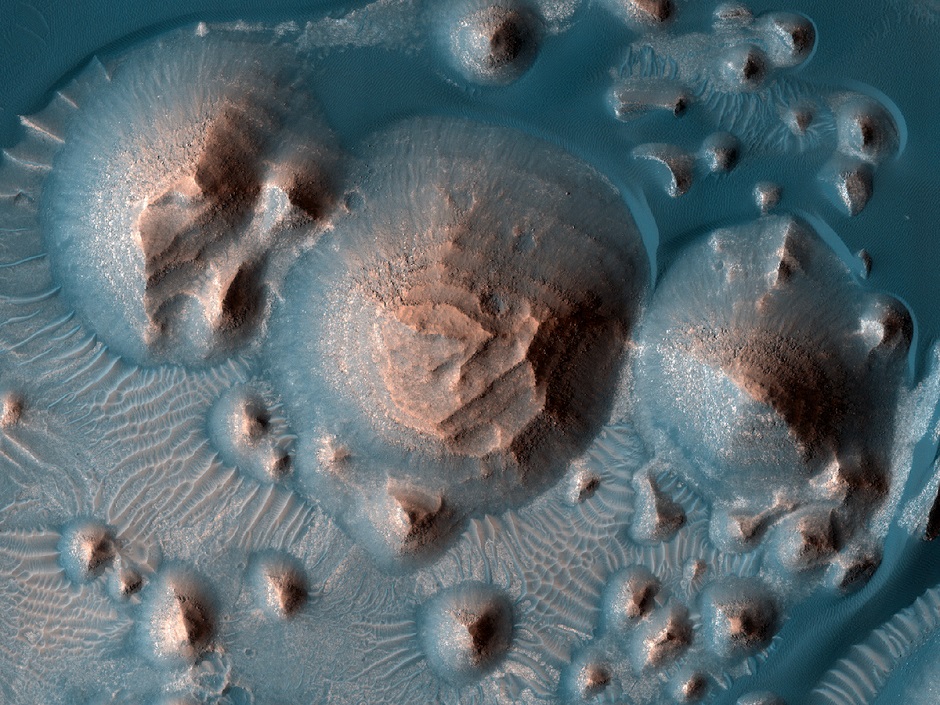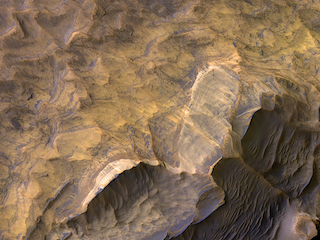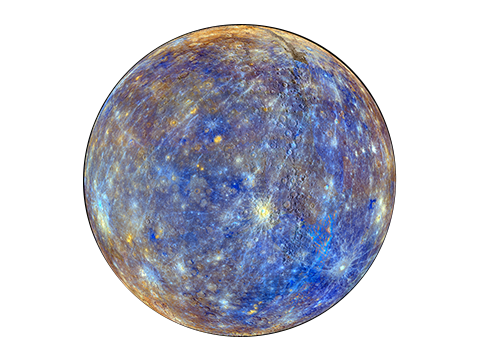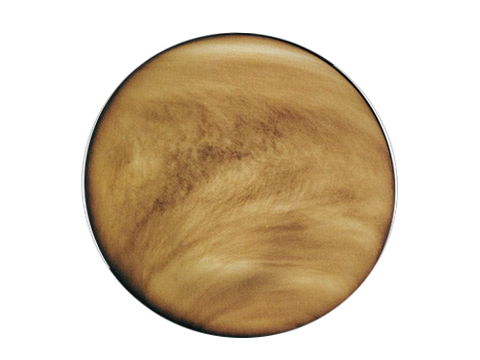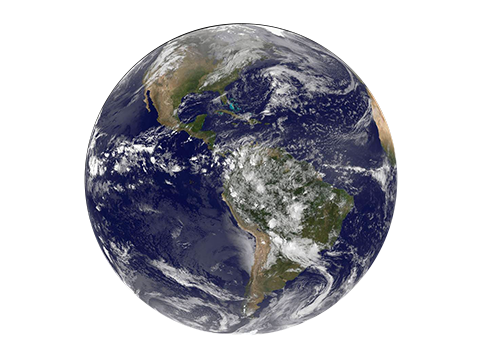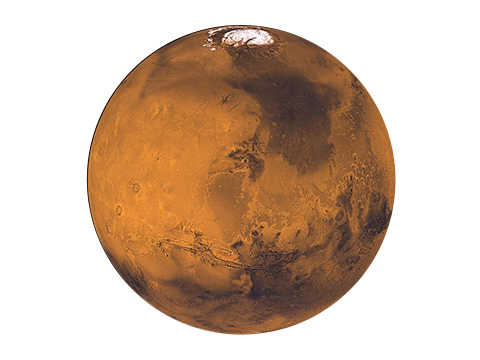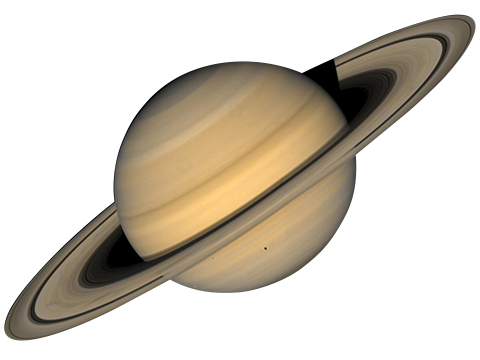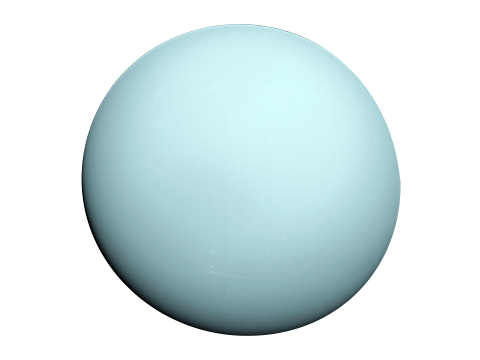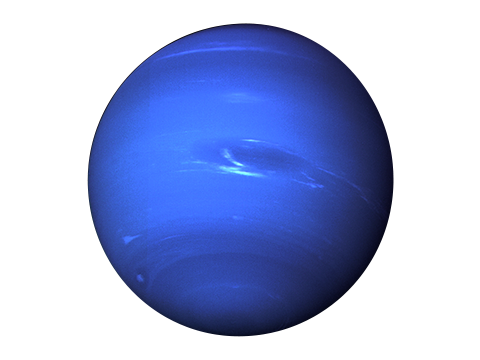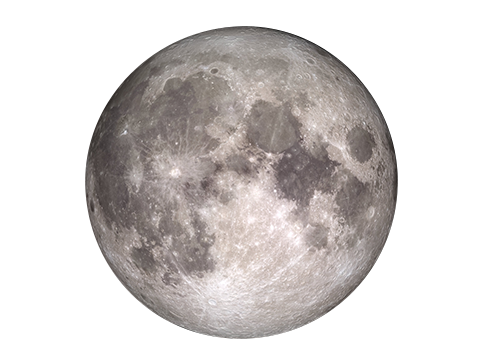-
 MARS
MARS
The Red Planet
139,184,490 MI
DISTANCE FROM SUN
12.452821 mins
ONE WAY LIGHT TIME TO THE SUN
687 Earth Days
LENGTH OF YEAR
Terrestrial
PLANET TYPE
The fourth planet from the Sun, Mars is a dusty, cold, desert world with a very thin atmosphere.
This dynamic planet has seasons, polar ice caps and weather and canyons and extinct volcanoes, evidence of an even more active past.
Mars is one of the most explored bodies in our solar system, and it's the only planet where we've sent rovers to roam the alien landscape. NASA currently has three spacecraft in orbit, one rover and one lander on the surface and another rover under construction here on Earth. India and ESA also have spacecraft in orbit above Mars.
These robotic explorers have found lots of evidence that Mars was much wetter and warmer, with a thicker atmosphere, billions of years ago.
Go farther. Explore Mars In Depth ›
10 Need-to-Know Things About Mars
1 SMALL PLANET If the Sun were as tall as a typical front door, Earth would be the size of a dime, and Mars would be about as big as an aspirin tablet.
2 FOURTH ROCK Mars orbits our Sun, a star. Mars is the fourth planet from the Sun at an average distance of about 228 million km (142 million miles) or 1.52 AU.
3 LONGER DAYS One day on Mars takes a little over 24 hours. Mars makes a complete orbit around the Sun (a year in Martian time) in 687 Earth days.
4 RUGGED TERRAIN Mars is a rocky planet. Its solid surface has been altered by volcanoes, impacts, winds, crustal movement and chemical reactions.
5 BRING A SPACESUIT Mars has a thin atmosphere made up mostly of carbon dioxide (CO2), argon (Ar), nitrogen (N2), and a small amount of oxygen and water vapor.
6 DOUBLE MOONS Mars has two moons named Phobos and Deimos.
7 RINGLESS There are no rings around Mars.
8 MANY MISSIONS Several missions have visited this planet, from flybys and orbiters to rovers on the surface.The first true Mars mission success was the Mariner 4 flyby in 1965.
9 TOUGH PLACE FOR LIFE At this time, Mars' surface cannot support life as we know it. Current missions are determining Mars' past and future potential for life.
10 RUSTY PLANET Mars is known as the Red Planet because iron minerals in the Martian soil oxidize, or rust, causing the soil and atmosphere to look red.
Live Feed: Mars 2020 Rover assembly. Credit:NASA/JPL-Caltech
Robots Blaze the Trail for Humans on Mars
NASA's latest robotic mission to the Red Planet, Mars 2020, aims to help future astronauts brave that inhospitable landscape.
While the science goal of the Mars 2020 rover is to look for signs of ancient life — it will be the first spacecraft to collect samples of the Martian surface, caching them in tubes that could be returned to Earth on a future mission — the vehicle also includes technology that paves the way for human exploration of Mars.
Robotic explorers, like the Mars 2020 rover, have long served as pathfinders to get humans into space, to the Moon and, eventually, the the surface of the Red Planet.
Read More:
NASA's Mars 2020 Will Blaze a Trail — for Humans
Artemis 1: The first in a series of increasingly complex missions that will enable human exploration to the Moon and Mars.
Pop Culture
No other planet has captured our collective imagination quite like Mars.
In the late 1800s when people first observed the canal-like features on Mars' surface, many speculated that an intelligent alien species resided there. This led to numerous stories about Martians, some of whom invade Earth, like in the 1938 radio drama, The War of the Worlds. According to an enduring urban legend, many listeners believed the story to be real news coverage of an invasion, causing widespread panic.
Countless stories since have taken place on Mars or explored the possibilities of its Martian inhabitants. Movies like Total Recall (1990 and 2012) take us to a terraformed Mars and a struggling colony running out of air. A Martian colony and Earth have a prickly relationship in The Expanse television series and novels.
And in the 2014 novel and and its 2015 movie adaptation, The Martian, botanist Mark Whatney is stranded alone on the planet and struggles to survive until a rescue mission can retrieve him.
Kid-Friendly Mars
Mars is a cold desert world. It is half the size of Earth. Mars is sometimes called the Red Planet. It's red because of rusty iron in the ground.
Like Earth, Mars has seasons, polar ice caps, volcanoes, canyons, and weather. It has a very thin atmosphere made of carbon dioxide, nitrogen, and argon.
There are signs of ancient floods on Mars, but now water mostly exists in icy dirt and thin clouds. On some Martian hillsides, there is evidence of liquid salty water in the ground.
Visit NASA SpacePlace for more kid-friendly facts.
SANDSTONE IN WEST CANDOR CHASMA
Candor Chasma in central Valles Marineris is filled with light-toned layered deposits thought to be sandstones.
ICE-FILLED CRATER
INSIGHT'S FIRST SELFIE
We Love the Science and Exploration

